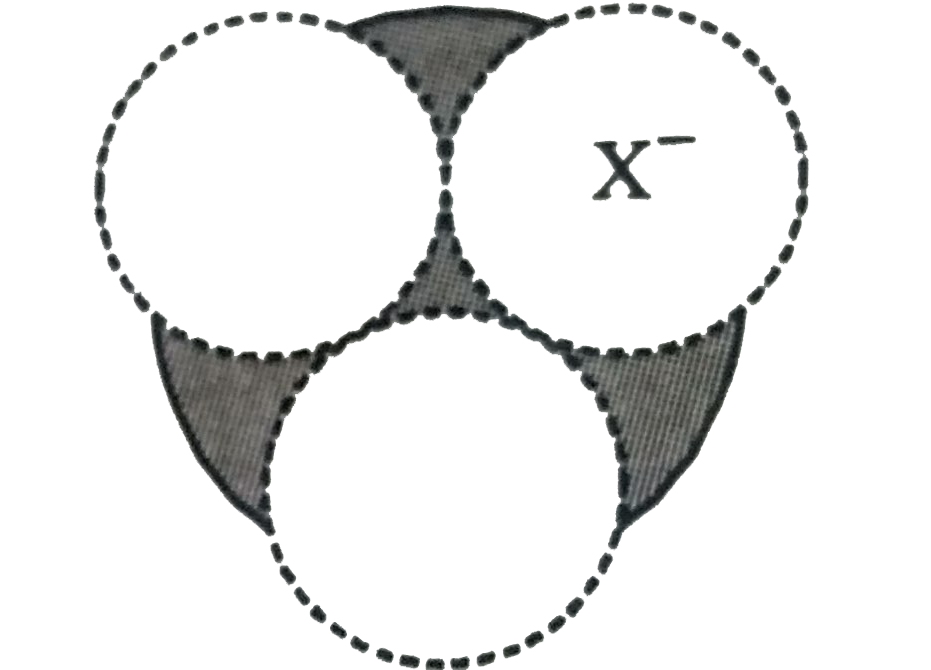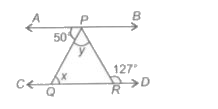The arrangement of Xɵ ions around A⊕ ion in solid AX is given in the figure (not drawn to scale). If the radius of Xɵ is 250±, the radius of A⊕ is

A
104 pm
B
125 pm
C
183 pm
D
57 pm
Video Solution
Text Solution
The correct Answer is:A
According to the given figure. A+ is present in the octahedral void of X− The limiting radius in octahedral void is related to the radius of sphere as
rvoid=0.414 sphere
rA=0.414r
=0.414×250pm=103.5
=104pm
|
Topper's Solved these Questions
- SOLID STATEBook:DINESH PUBLICATIONChapter:SOLID STATEExercise:A.R
Explore 27 Videos
- SOLID STATEBook:DINESH PUBLICATIONChapter:SOLID STATEExercise:Integer
Explore 13 Videos
- SOLID STATEBook:DINESH PUBLICATIONChapter:SOLID STATEExercise:comprehension
Explore 16 Videos
- REDOX REACTIONSBook:DINESH PUBLICATIONChapter:REDOX REACTIONSExercise:Ultimate Preparation
Explore 9 Videos
- SOLUTIONS Book:DINESH PUBLICATIONChapter:SOLUTIONS Exercise:ULTIMATE PREPARATORY PACKAGE
Explore 10 Videos
Similar Questions
Knowledge Check
The arrangement of X− ions around A+ ion in solid AX is given in the figure (not drawn to scale). If the radius of X− is 250 pm, the radius of A+ is
 A104 pmB125 pmC183 pmD57 pm
A104 pmB125 pmC183 pmD57 pmThe arrangement of X− ions around A+ in solids AX is given in the figure (not drawn to scale). if the radius of X− is 250 pm, the radius of A+ is
 A104pmB125pmC183pmD57pm
A104pmB125pmC183pmD57pmThe arrangement of X−ions around A−ion is solid AX is given in the fig (not drawn to scale) If the radius of X− is 250 pm, the radius of A+ is
 A104 pmB125 pmC183 pmD57 pm
A104 pmB125 pmC183 pmD57 pm
The arrangement of X− ions around A+ ion in solid AX is given in the figure (not drawn to scale). If the radius of X− is 250 pm, the radius of A+ is
v

View SolutionA solid XY has NaCl structure. If radius of X+ is 100pm. What is the radius of Y− ion ?
View SolutionA solid XY has NaCl structure. If radius of X+ is 100 pm, what is the radius of Y− ion?
View SolutionO2− and Si4+ are isoelectronic ions. If the ionic radius of O2− is 1A0, the ionic radius of Si4+ will be
View SolutionA solid compound XY has NaCl structure. If the radius of the cation (X+) is 100 pm, the radius of the anion (Y−) will be
View Solution


